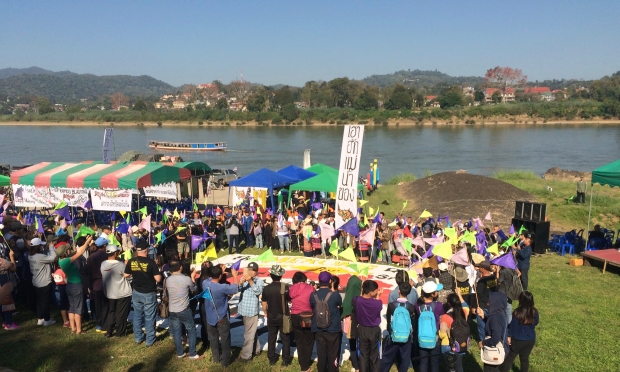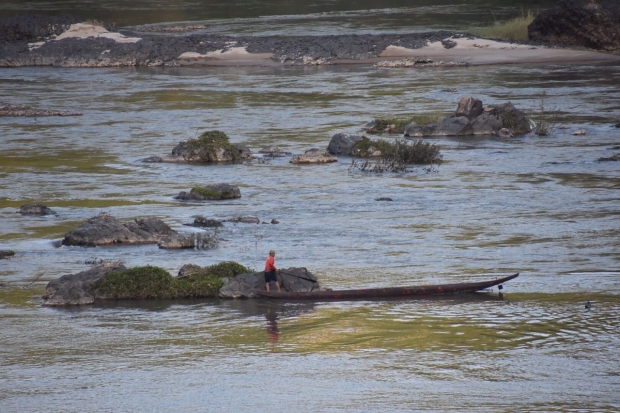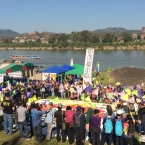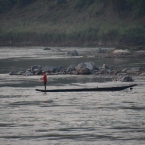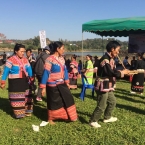Mekong Communities Speak Out for Their Natural Heritage
More than 500 people gathered along the banks of the Mekong River in Chiang Khong, Thailand on February 5 to take a stand against plans to blast away the Khon Pi Luang rapids just a few kilometers upstream. The blasting is part of a large-scale plan to expand the navigability of the Mekong River between Yunnan and Luang Prabang. The project, which was approved through a Thai Cabinet Resolution in December 2016, would irreversibly alter the Mekong River’s vibrant ecosystem and the lives of the many communities that depend on it.
Many who gathered along the Mekong that day share this feeling, and have been fighting against this project for more than a decade. First proposed in 2000, the rapid blasting was quickly suspended in 2002 due to widespread concerns over the transboundary impacts. The decision to renew the project has been met with a surge of resistance from Mekong communities who rely on the river, and for whom the rapids are an invaluable natural heritage.

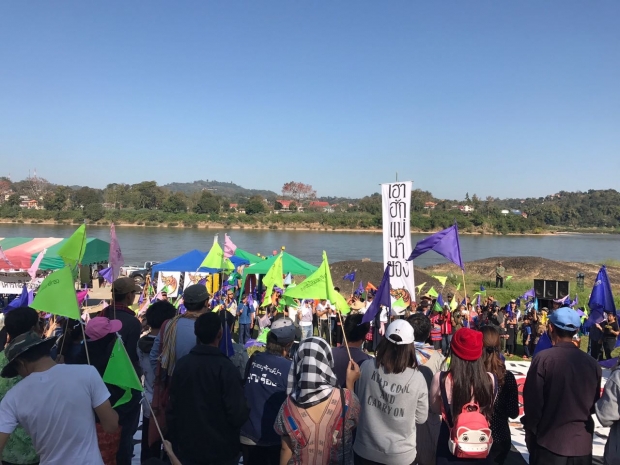
Many people wore t-shirts and held signs that read, “The Mekong is not for sale, as the Mekong is the mother of our 6 countries.” The Thai word for river is “mae nam” meaning mother of water, and the Mekong River is seen as a mother to many. Local peoples have depended on the Mekong for thousands of years, and the ecosystem is already under intense pressure by dams on the mainstream and tributaries, with further projects planned. If the rapid blasting goes ahead it will greatly undermine the ability of communities to rely on the Mekong’s resources.

The Mekong's rich, abundant natural resources support communities throughout the Mekong region.

A local artist displayed pictures he had painted of the Mekong River. As he lay them out on the ground, he turned towards the river and pointed at one of the Khon Pi Luang rapids. “Look at how beautiful it is,” he said. “And the plans are for it to be blown up.”
This guest blog is written by Sophie Ironside, Southeast Asia Program Intern.

